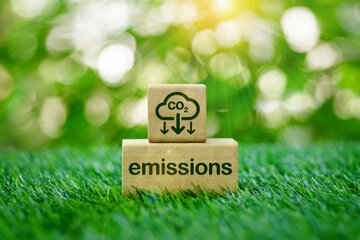We focus on the things that matter
We are driving emissions reductions
- We achieved an absolute reduction of 29.3% in scope 1 and 2 emissions compared to our 2019 base year.
- A 39.5% reduction in emissions intensity for scopes 1 and 2 demonstrates how sustainability and growth can go hand in hand.
- Approximately 12% of our sites globally, totaling 88 locations, utilized renewable and zero-carbon electricity from the grid.
- Proportion of zero-carbon electricity usage in total energy consumption at our sites rose to 34.2% from 13.5% from our 2019 base year.
We are reducing our environmental footprint
- We achieved a 13.8% reduction in total waste compared to our 2022 base year.
- Hazardous waste decreased by 51.5% compared to 2022.
- Recycling increased from 25.5% in 2022 to 32.6% in 2024.
- Decreased total water withdrawal by 16.5% compared to 2022.
- Chemical spills decreased by 43.1% compared to 2022.
- We assessed biodiversity risks at 100% of our sites, identifying 199 locations near protected areas.
We are enabling our customers to be sustainable
- We conducted 560 emissions life cycle assessments for our products and services, bringing our total to nearly 1,000 LCAs for commercial solutions.
- We have developed a comprehensive strategy to address scope 3 emissions, which constitute 99.5% of our total emissions. Our approach prioritizes optimizing our supply chain, enhancing logistics, improving waste management practices, and investing in low-carbon products.
- We performed upgrades on six existing steam turbines and centrifugal compressors to increase overall production efficiency. The results showed and impressive savings of 18% of steam due to the improved efficiency.
Our aim is to achieve net-zero scope 1 and 2 emissions by 2050, with an interim goal of reducing emissions by 50% by 2030.
Featured
We remain committed to reduce our customers operational emissions, which is why we are working to deliver innovative solutions to lower our scope 3 emissions by 2033.
Featured

We are committed to minimizing the environmental impact across our facilities, through the services we provide at our customer sites, and in the communities where we operate.
Featured


As a company, we focus on addressing the root causes of spills through proactive measures, such as risk assessments, spill response planning, and regular preventative maintenance on equipment.
Featured

Scope 1 and 2 emissions
Fleet emissions
We continued to make progress in transitioning our fleet to lower-emission hybrid and electric vehicles where possible, resulting in a 22.8% reduction in fleet emissions compared to our 2019 base year. We are early in our journey in fleet transition, but continue to make steady progress in emissions reduction.
Field emissions
Our field emissions were 8.0% lower compared to our 2019 base year. Our recent business growth in field services has presented both a challenge and an opportunity. Despite a rise in operational activity, we achieved notable reductions in field emissions through our Carbon Out program.
Facilities emissions
We achieved a 40.0% reduction in our scope 1 facilities emissions and a 42.4% reduction in our scope 2 facilities emissions compared to our 2019 base year. We prioritized reducing natural gas consumption and increasing the utilization of renewable and zero-carbon energy contracts at our facilities.
Zero-carbon energy
We made significant progress in advancing our zero-carbon energy sources. We added 11 new sites that utilize grid-based renewable or zero-carbon electricity. In 2024, 88 sites, approximately 12% of our sites globally, used renewable or zero-carbon electricity from the grid. As a result, the proportion of zero-carbon electricity usage in total energy consumption at our sites rose to 34.2% from 13.5% from our 2019 base year.
Scope 3 emissions
Supply chain
Purchased goods and services (category 1) and capital goods (category 2) emissions increased by 33.3% compared to our 2019 base year. This increase is due to a combination of factors including increased business activity and enhancements made to our calculation methodologies.
Transport and logistics
Emissions related to our freight (category 4 and 9), business travel (category 6) and commuting (category 7) have decreased by 40.4% compared to our 2019 base year. Our employees and supply chain experts have driven success in reducing these emissions by optimizing cost-effective and sustainable modes of transportation while continuing to deliver on-time results for our customers.
Third party managed waste
Our waste management experts collaborated in cross-business groups to improve our waste tracking and work to increase our proportions of recycled or reused waste. This has led to a reduction of 34.3% in our category 5 emissions compared to our 2019 base year.
Low-carbon products
We have had considerable growth in our sales of highly efficient gas turbines and electric motors compared to our base year. This year, our sales mix shifted away from high power and most emissive products. Regardless, our category 11 emissions from use of sold products increased by 36.6% compared to our 2019 base year. We will continue to develop and deliver world-class, low-carbon products to our customers.
Minimizing our environmental footprint
Waste management
Effective waste management is essential for sustainability. We aim to apply circular economy principles in our business by reducing materials and energy use, cutting waste and boosting recycling. We have a formal waste management procedure to identify, track and minimize waste and increase recycling and reuse. Our teams work to find ways to reduce waste and partner with disposal vendors for sustainable methods.
13.8%
reduction in the total volume of waste generated
32.6%
of waste has been recycled
22.1%
reduction in total volume of waste disposed
*compared to our 2022 base year.
Water stewardship
Responsible water stewardship and the protection of water-stressed areas can help to mitigate the adverse effects of climate change. As an organization, we are committed to conserving and protecting natural resources throughout the water cycle and effectively managing our water withdrawal, consumption and discharge in water-stressed locations and elsewhere.
16.5%
reduction in total water withdrawal
11.9%
reduction in total water consumed
17.5%
reduction in total water discharge
*compared to our 2022 base year.
Spills and releases
Our operations involve materials that require careful handling to avoid negative consequences. Our sites are required to report every spill or unplanned release of materials and categorize accurately, regardless of the volume and whether the contents were captured in secondary containment. We proactively prevent potential spills through risk assessments, spill response planning and regular equipment maintenance. To mitigate potential impacts to the environment from spills, we have strict requirements related to secondary containment for chemicals.
80%
of significant spills prevented by secondary containment
43.1%
reduction in chemical spill volume
13.5%
reduction in oil spill volume
*compared to our 2022 base year.
Protecting biodiversity and natural capital
We are dedicated to reducing our impact on biodiversity and protected areas at or near our operational sites and to demonstrate our commitment, we set a strategic objective of assessing 100% of our sites for biodiversity risks by 2030. Our efforts include minimizing our environmental footprint, conserving natural habitats and restoring ecosystems through nature-based solutions. We focus on sound environmental practices, employee volunteer efforts and foundation grants to support conservation initiatives. Through our work in 2024, with the Integrated Biodiversity Assessment Tool (IBAT), we were able to complete our goal of assessing all of our operations sites for biodiversity risks far ahead of our 2030 timeline.
In 2024, we identified 137,876 species listed on the International Union for Conservation of Nature (IUCN) Red List of Threatened Species which are within 50 km of our sites. A range of 50 km was selected in line with IBAT standards to ensure the migration patterns of affected species would be taken into account.
120,981
Least concerned species
5,515
Near threatened species
5,856
Vulnerable species
4,203
Endangered species
1,321
Critically endangered species

Completing lifecycle assessments for >95% of our most emission intensive products by 2026
FastLCA is our proprietary tool used to quantify the environmental footprint throughout all lifecycle stages of our products and services. The tool is aligned to ISO 14040/44 and ISO 14067:2018 and provides our customers verified GHG emissions footprint of the assessed products and/or systems.
Task Force on Climate-related Financial Disclosures
We recognize the challenges of climate change but also see the opportunities for growth that stem from the world’s transition to a more sustainable, low-carbon economy. We made it a priority to enhance our business resiliency by pursuing new commercial opportunities while managing physical risks to the company.
To position ourselves for long-term success in accordance with the Task force for Climate-related Financial Disclosures (TCFD) recommendations, we developed quantitative analyses of physical and transition risks due to climate change. These analyses helped provide more insight on climate issues that could potentially impact the business, both positively and negatively and outlined the potential impact over the short, medium and long term to the year 2050.
In line with the TCFD recommendations, we divide our risk assessment into two major categories: risks related to the physical impacts of climate change and risks and opportunities related to the transition to a lower-carbon economy. We are continuously working on improved methodology and data accuracy, while embedding this analysis and subsequent results into business planning.
Planet spotlights on progress
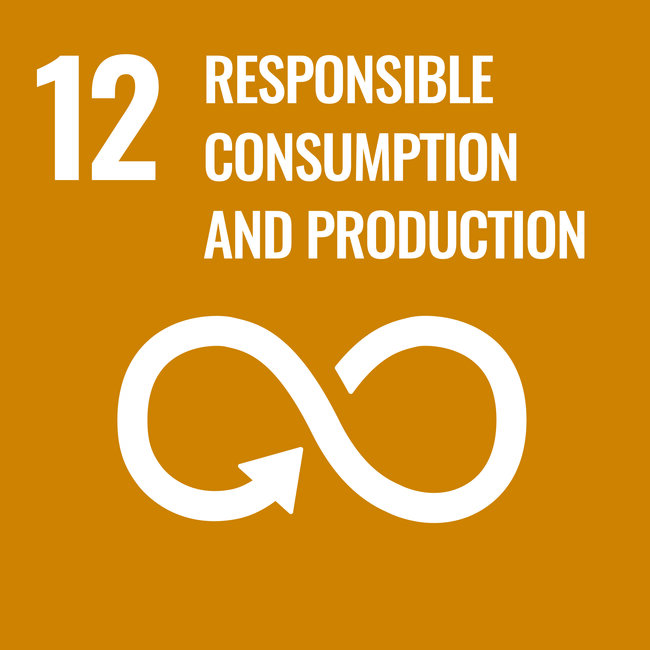
Sustainable product development
Sustainable product development reduces emissions for customers. FastLCAs are integrated into Oilfield Services & Equipment's (OFSE) process and Industrial & Energy Technology (IET) uses an emission screening tool from design to order. Emissions impact analysis is part of long-range planning, ensuring early evaluation and alignment with sustainability goals.
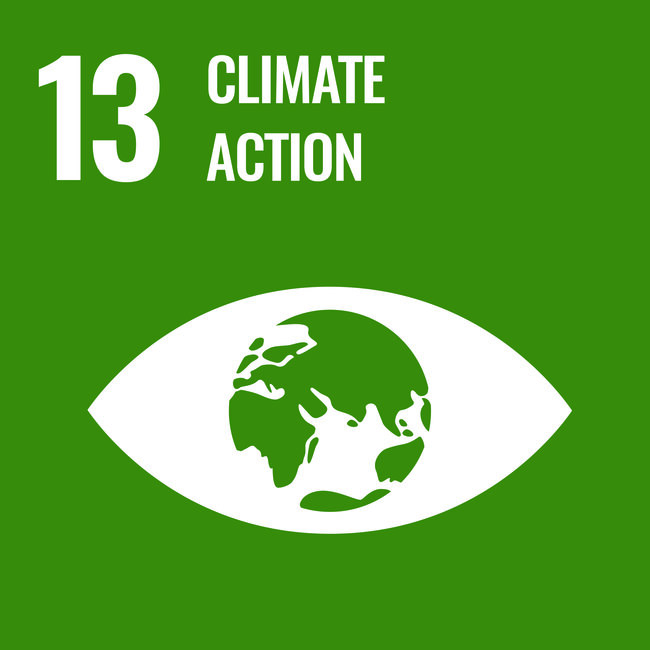
Cutting emissions, innovating routes
We are keeping sustainability top of mind by identifying emissions reduction opportunities to enable our logistics strategy. Our logistics team uses shipment consolidation as a lever to avoid emissions. Our initiatives demonstrate our commitment to sustainability and its proactive approach to reducing emissions in logistics
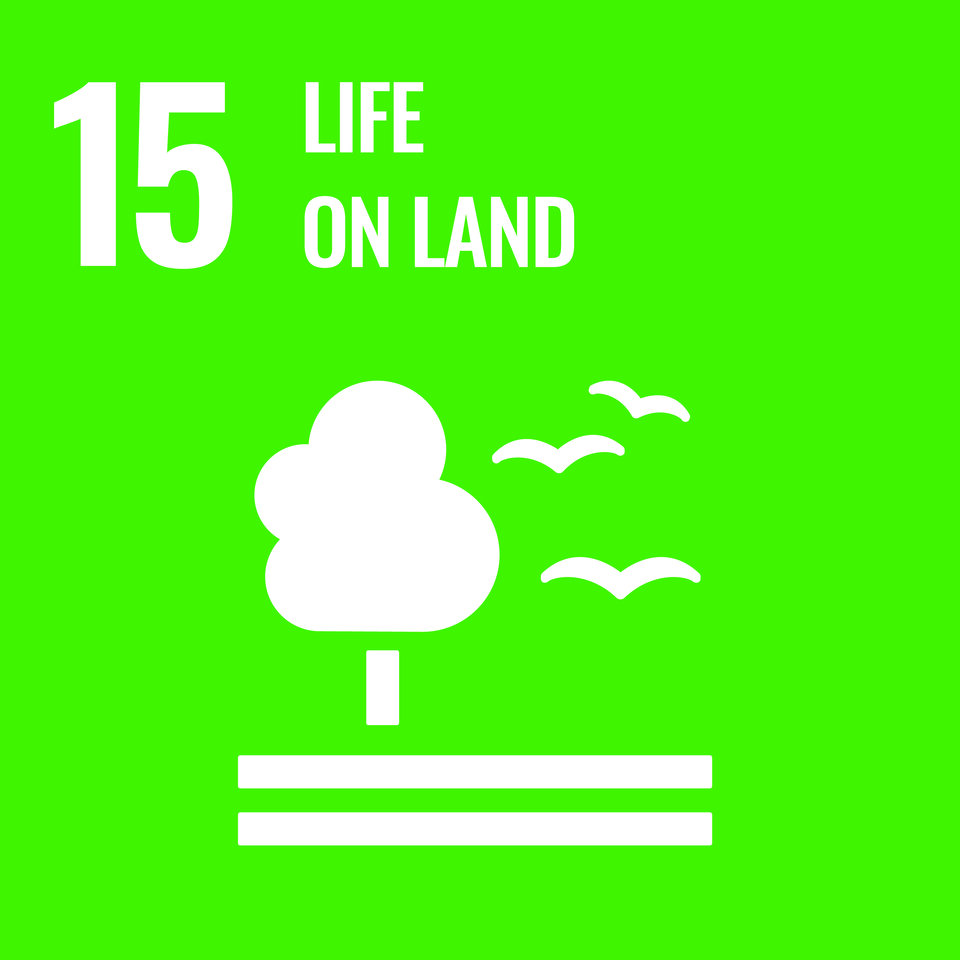
BioBlitz initiative uncovers rare butterfly in Italy
About 10 scientists, 40 zoology students, and 30 of our employees participated in a BioBlitz, recording over 200 observations in the iNaturalist app. A rare Zerynthia Cassandra butterfly was spotted for the first time in over 100 years, showcasing the impact of citizen science on sustainability.
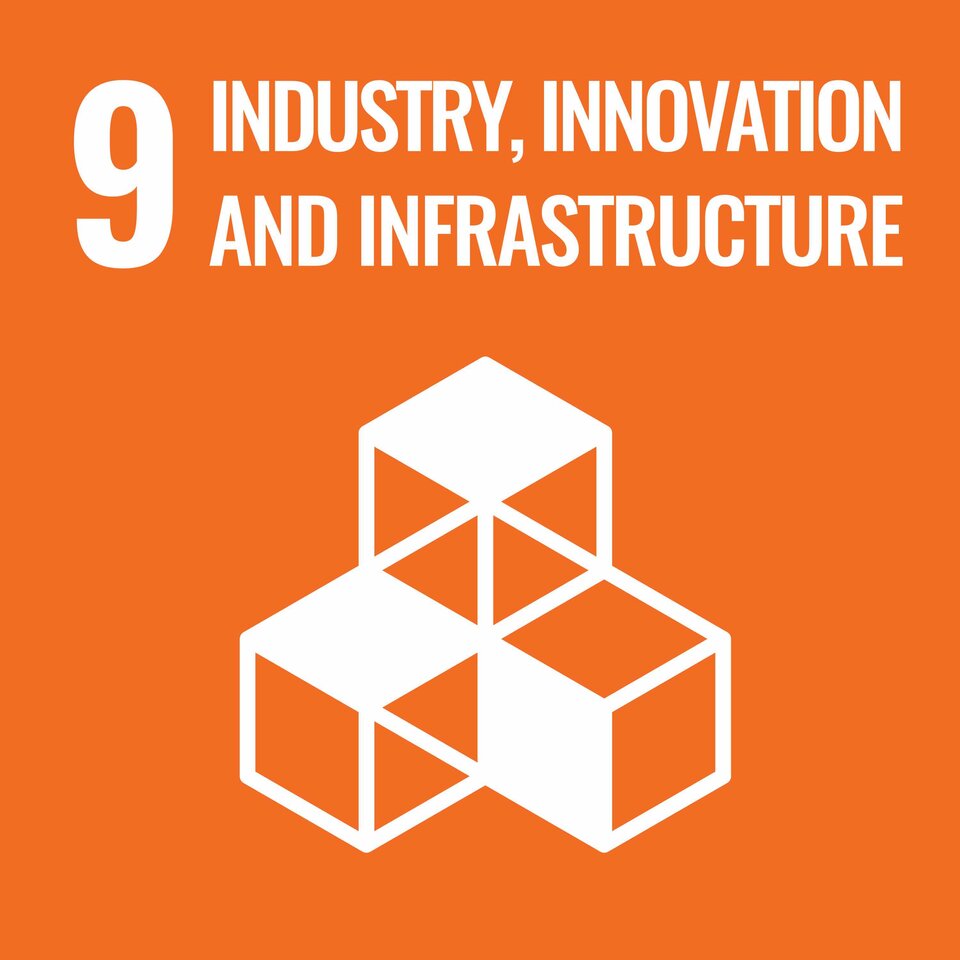
Shutting the door on wasted energy
Our engineering team in Saudi installed automated doors in all workshops to automatically open and close the bay doors for forklifts and trolleys. This helps maintain the working environment, reduced 78% of CO2 emissions and achieved an annual cost savings of approximately $192,000.
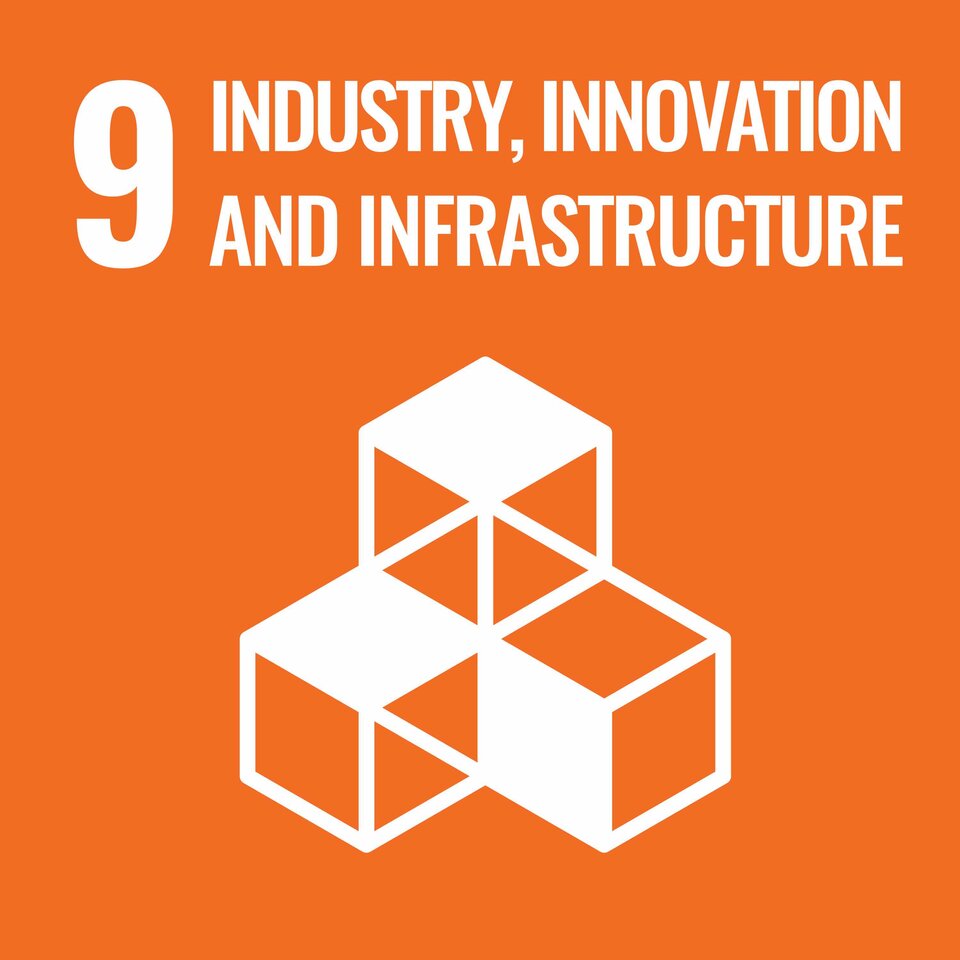
Hydropower eliminates 4,500 MWh of grid electricity use
Two sites in Norway have transitioned from using grid power to renewable hydropower energy. Previously, these sites required approximately 4,500 MWh supplied by grid electricity. This change resulted in 100% of the electricity supplied in 2024 from hydropower and zero emissions.
Emissions reduction levers
Scope 1 and 2
To reduce scope 1 and 2 emissions, we employ several key strategies, such as enhancing operational efficiency in our manufacturing and field operations, improving the energy efficiency of our facilities, increasing the share of renewables in our energy mix and transitioning our fleet to electric and low-carbon vehicles.
LEVER A
Operational efficiency
Reduce emissions from our manufacturing processes.
LEVER B
Facility efficiency
Reduce emissions from energy use at our facilities.
LEVER C
Renewable energy
Increasing use of renewables in our electricity mix.
LEVER D
Vehicles
Increasing electrification and low carbon fueling in our vehicle and vessel fleet.
Scope 3
We understand the critical importance of addressing scope 3 emissions as part of our sustainability efforts. By developing a roadmap for reducing scope 3 emissions, we are concentrating on indirect emissions within our value chain to significantly influence our overall GHG reductions.
LEVER A
Supply Chain
Reducing upstream emissions from supply chain and sourcing activity.
LEVER B
Transport and logistics
Reducing emissions from commuting, travel and haulage.
LEVER C
Third party managed waste
Reducing emissions from third party disposal and treatment of waste.
LEVER D
Low-carbon products
Reducing downstream emissions from use of our products and services.
For more information
Click on one of the links below to learn more about Planet:
Carbon Offsets Policy Statement

